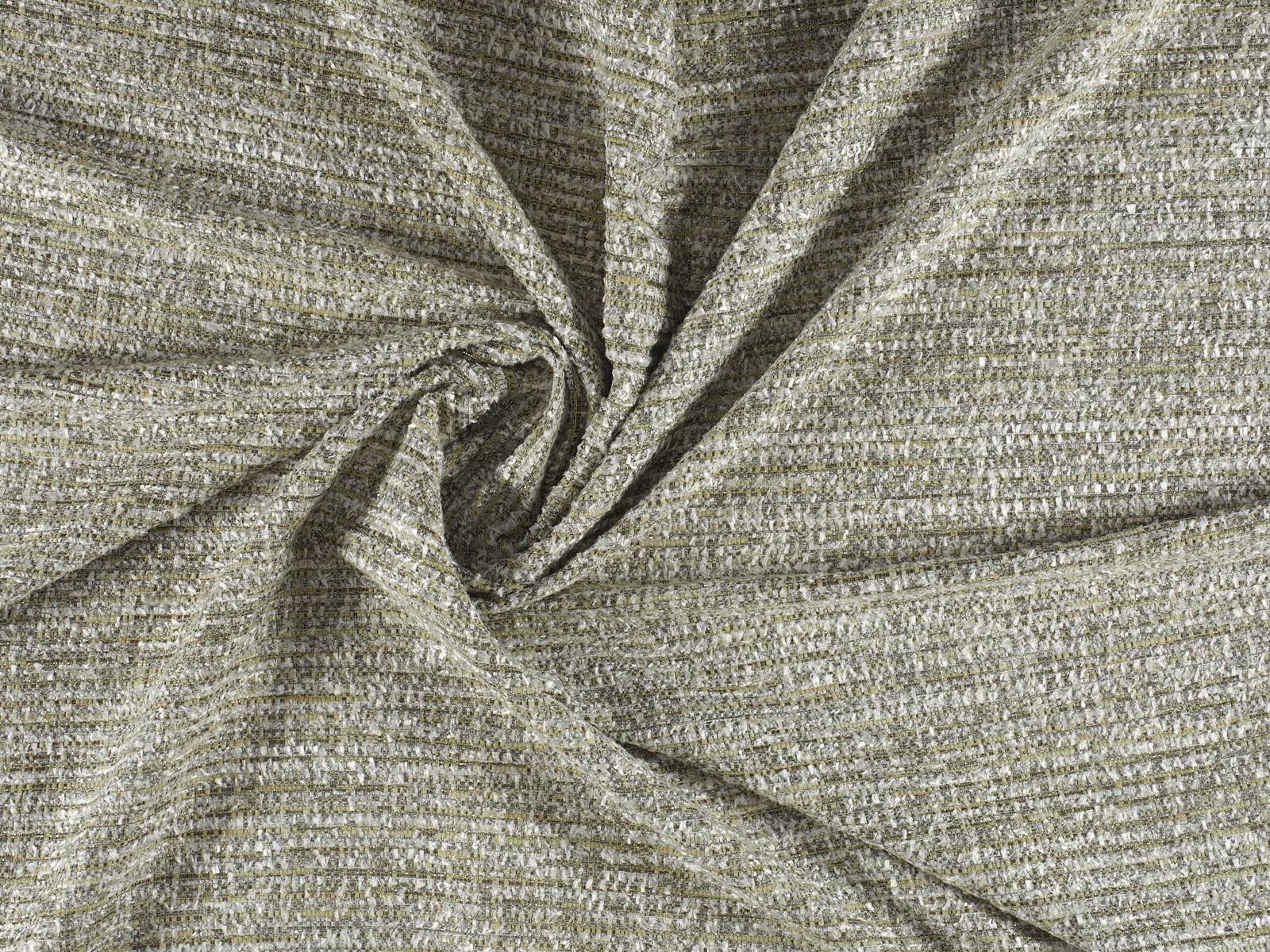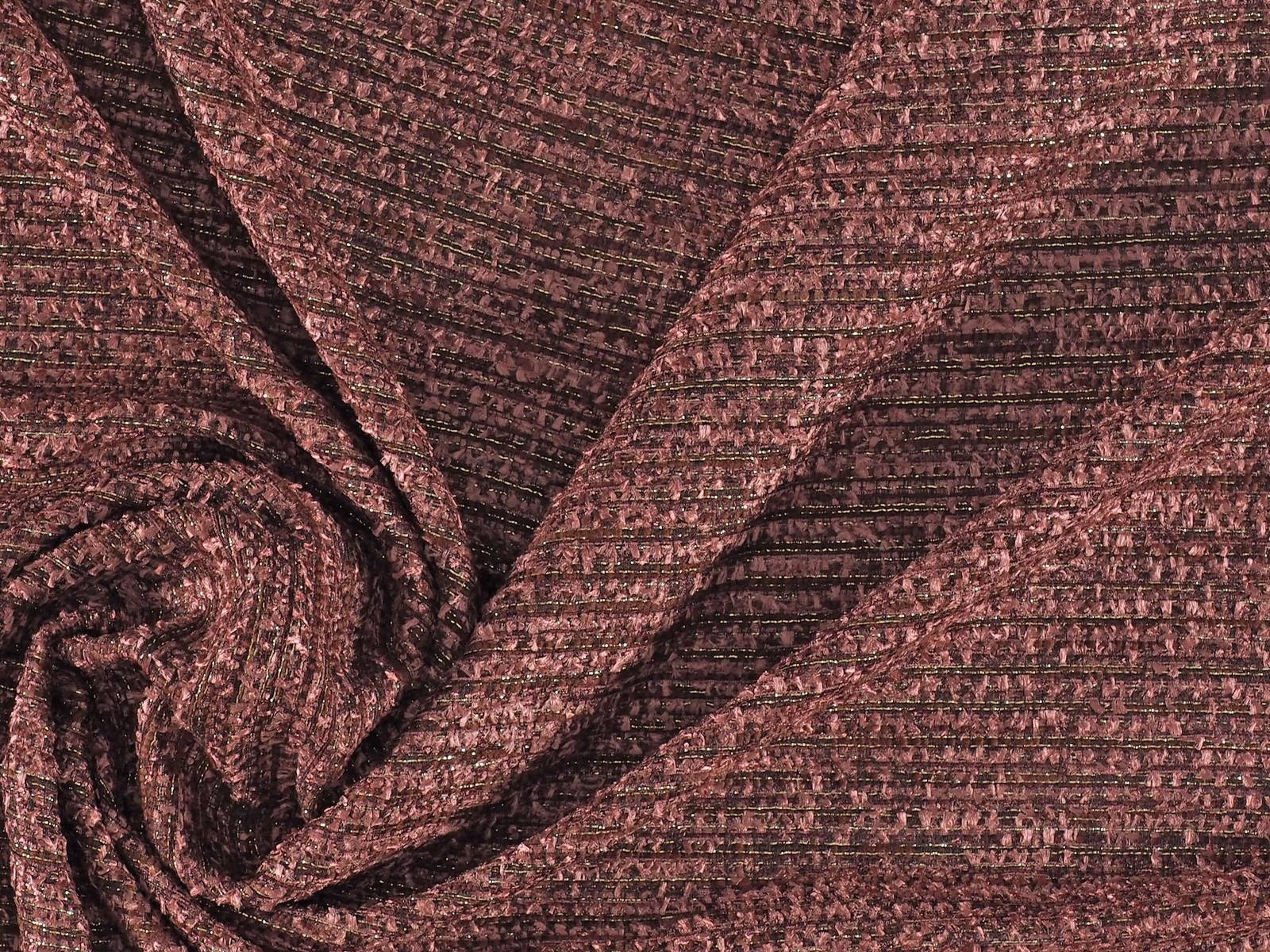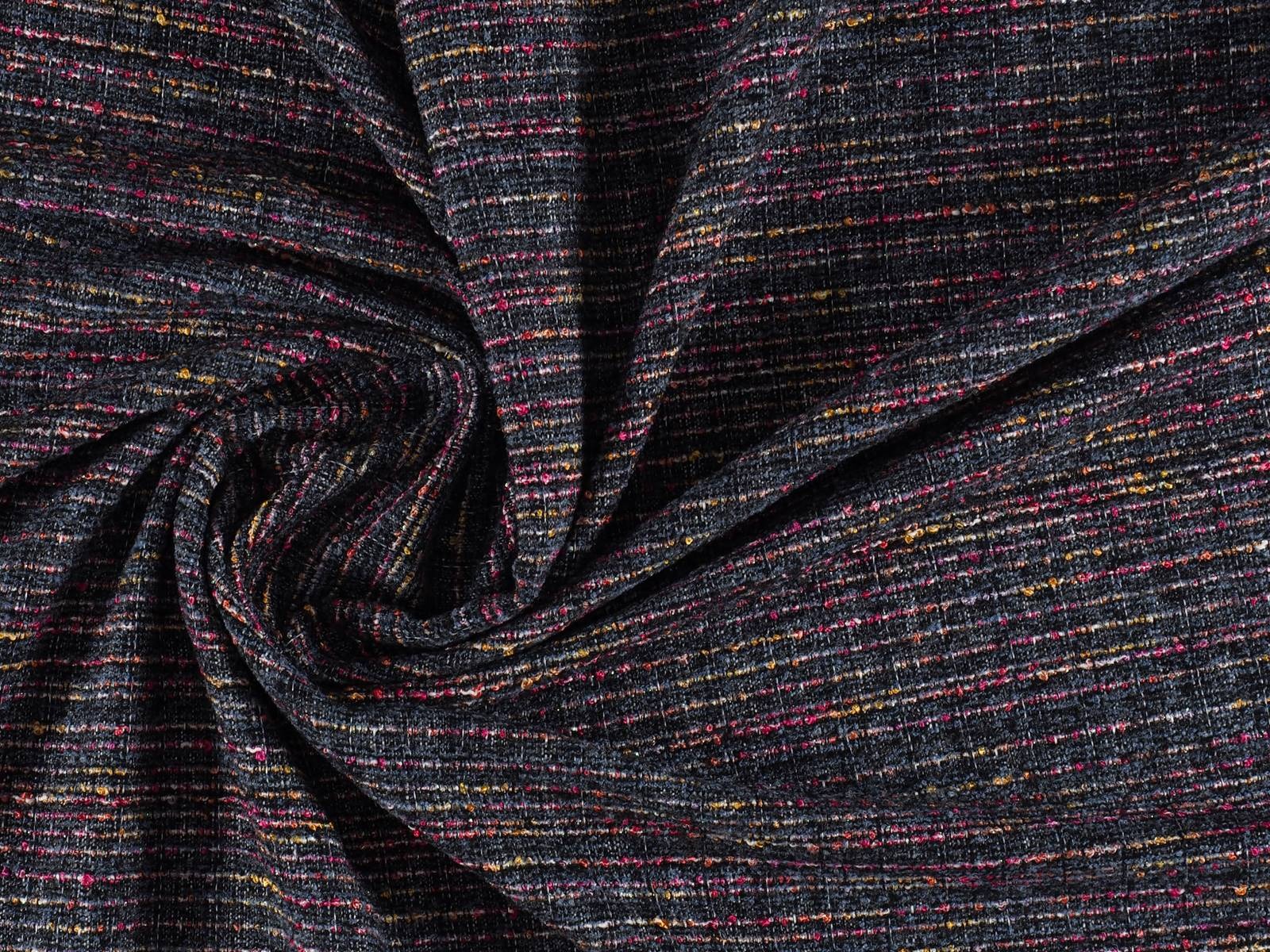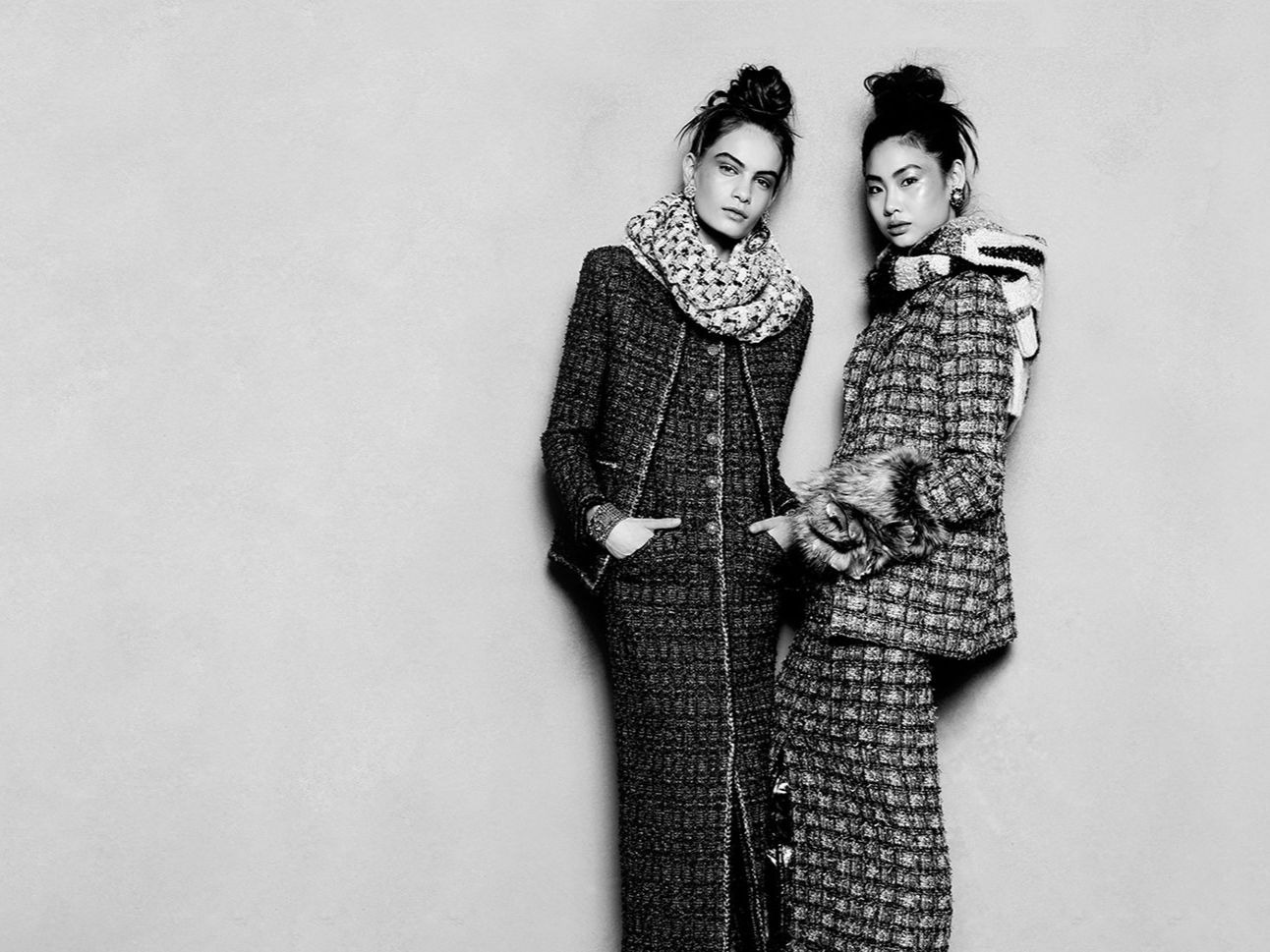
Tweed is an emblematic fabric that has a history, a wild card in constant evolution that appears, to a lesser or greater extent in the winter seasons. Classically inspired, elegant and chameleonic in turn, tweed retains a defined structure and aesthetic that remains intact over time, although it is renewed in clothes that change style according to current trends. Before focusing on the current collections we will delve a little into the history of this singular fabric, which is so recognizable to the naked eye.
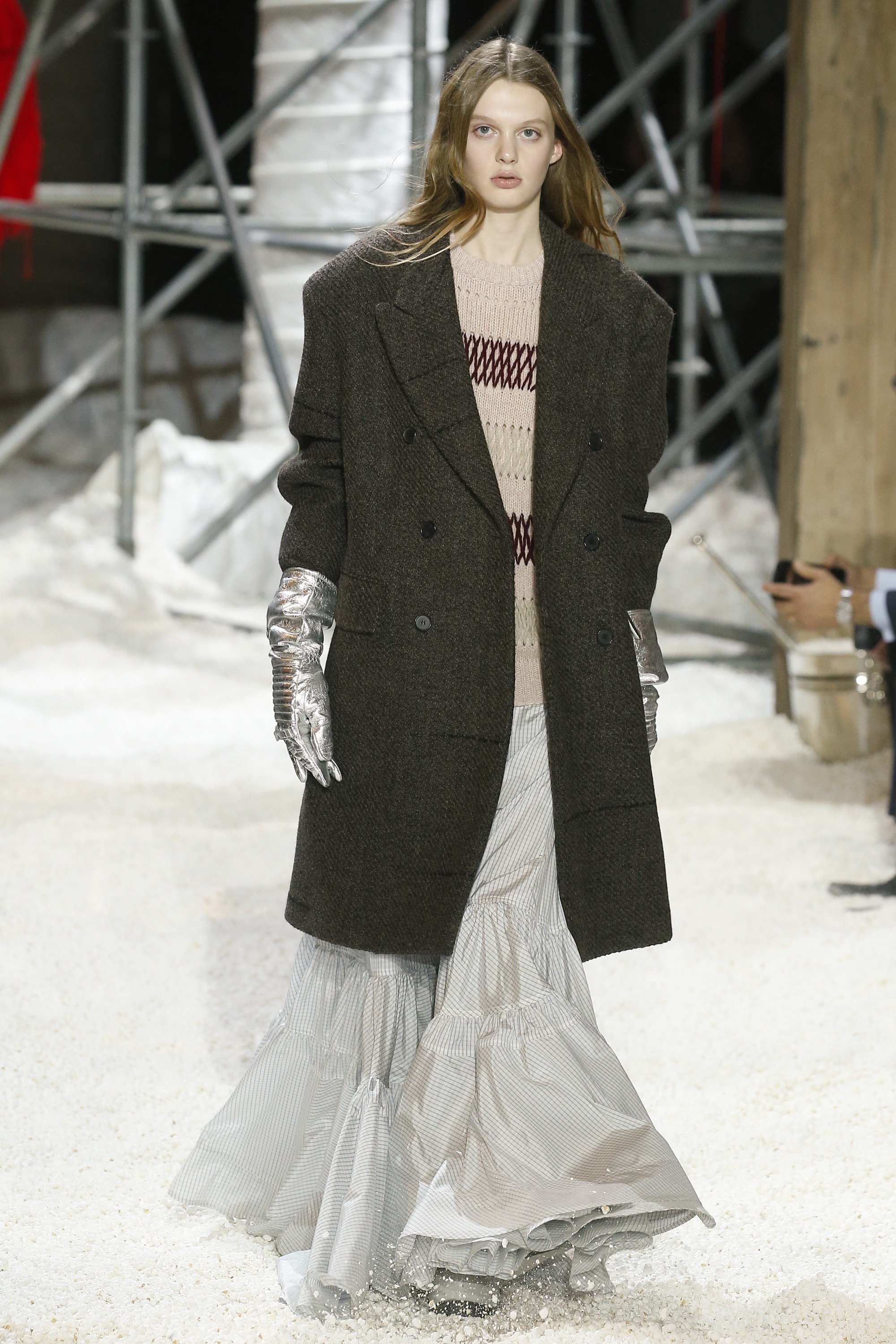 |
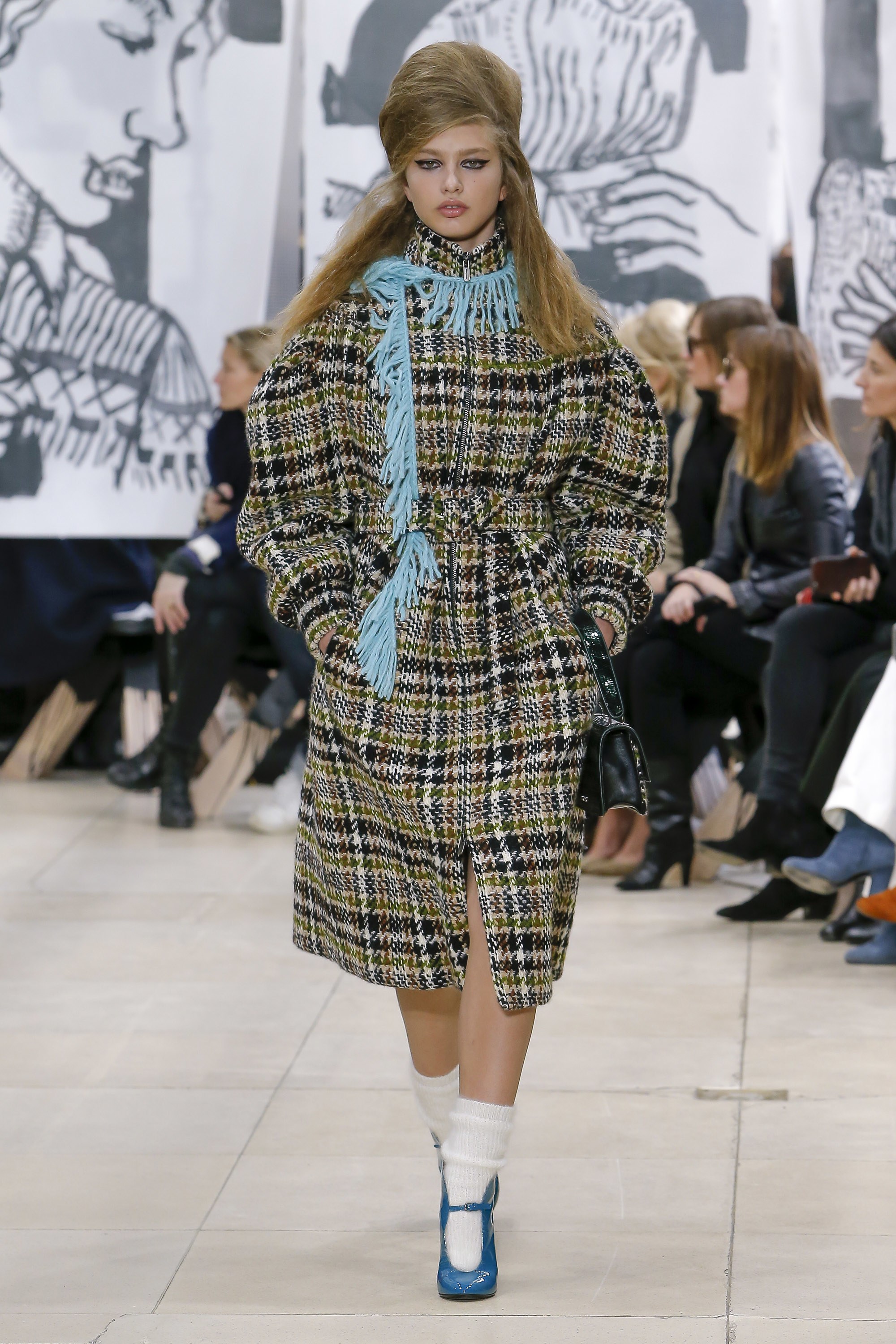 |
To begin with, tweed is a wool fabric with an irregular appearance that does not have that natural look and smooth finish of a conventional fabric. It has a rugged touch, a solid and elastic texture and defined patterns such as houndstooth, windowpane, Prince of Wales check and herringbone. It also constitutes a fabric that lends itself to sewing and ironing with a versatility that has no limits in either the feminine or masculine wardrobe.
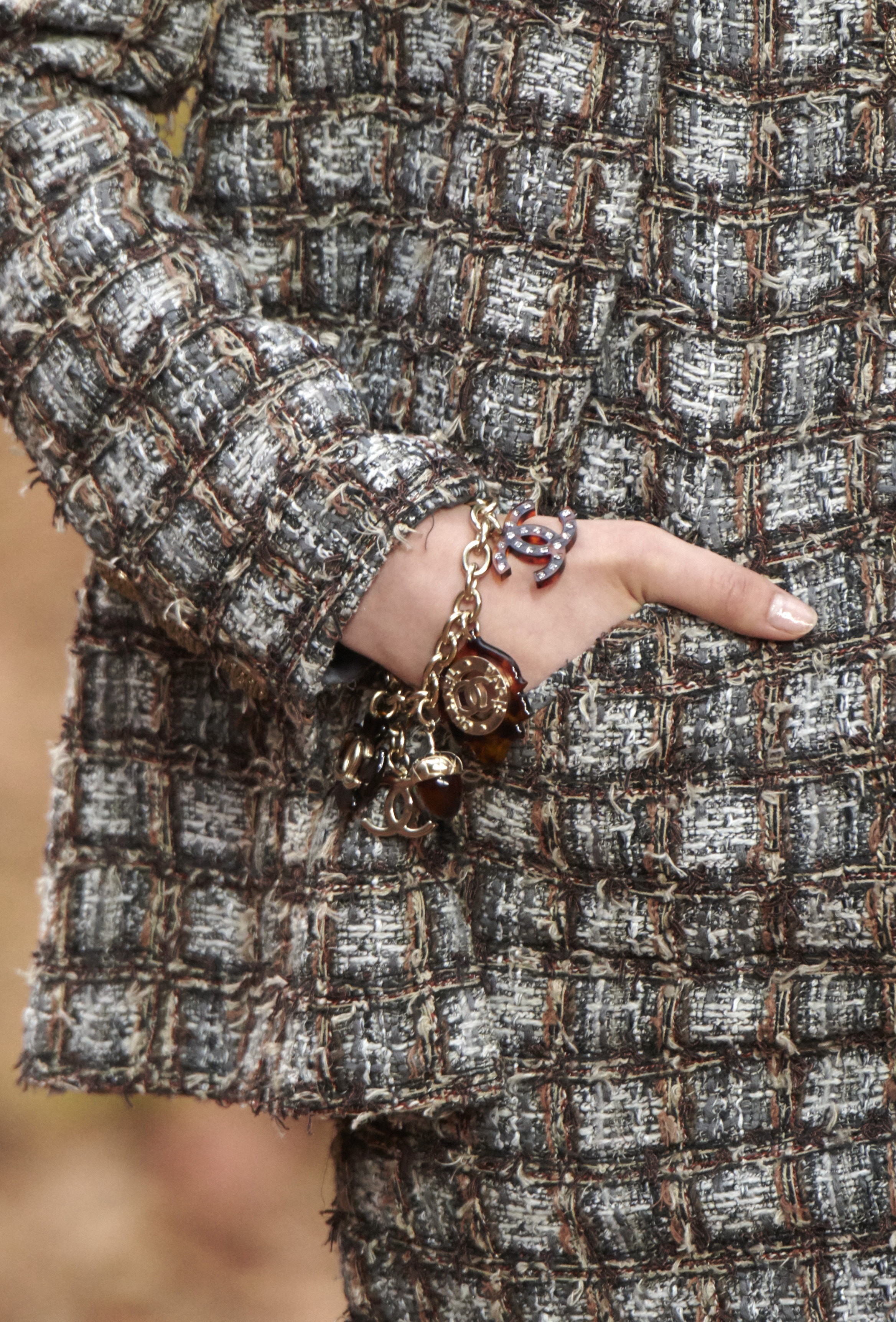 |
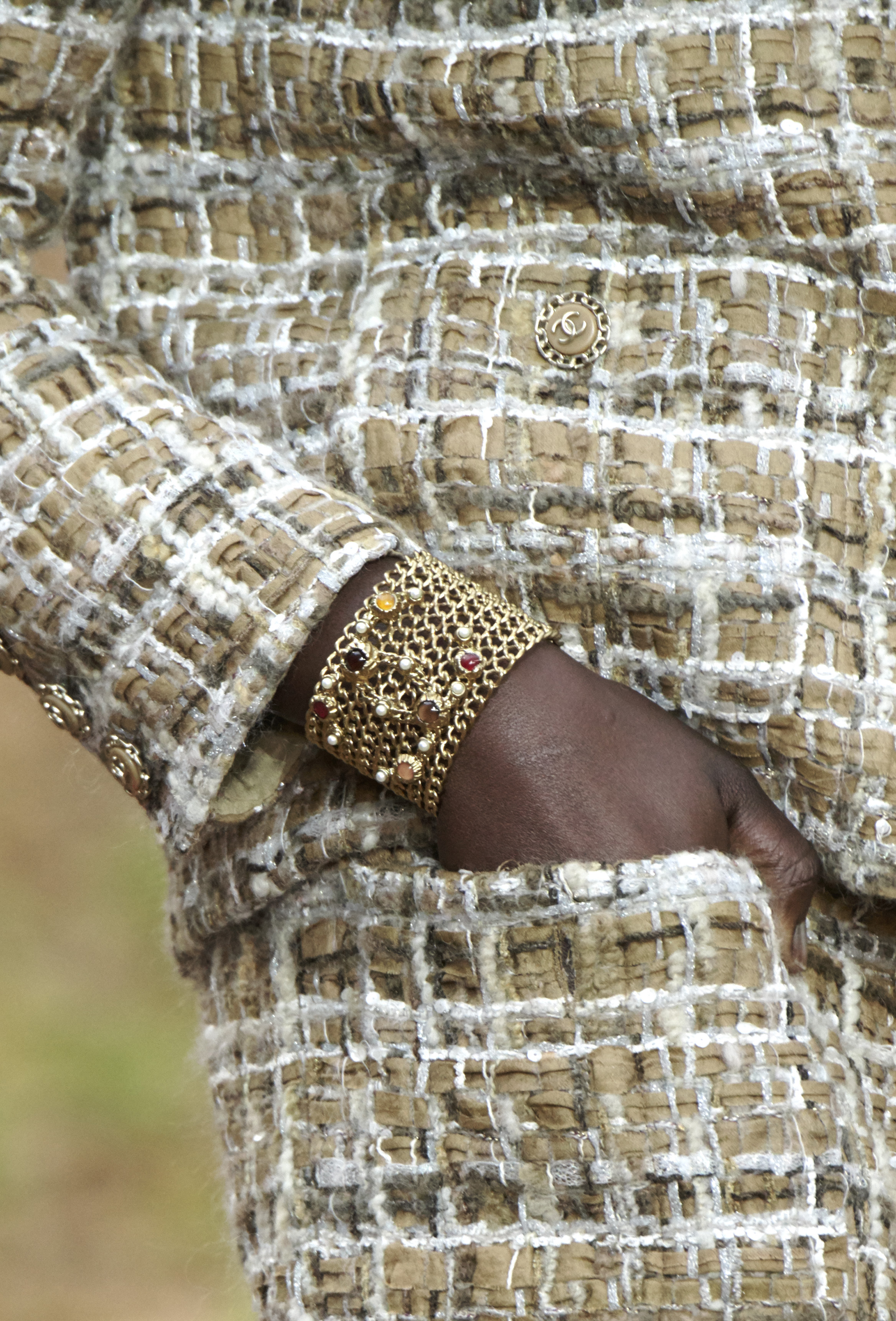 |
Humble origins
Tweed has its origin in Scotland and was initially linked to rural areas. It was a common fabric in the warm clothes of the popular classes and was used especially in the field to withstand the harsh weather conditions. During the nineteenth century tweed drew attention within English society: the British upper class saw it as the indispensable fabric for their hunting activities. They saw in tweed a versatile fabric closely linked to the countryside and sports activities that also had an elegant reverse side. You could be well-dressed when in the country.
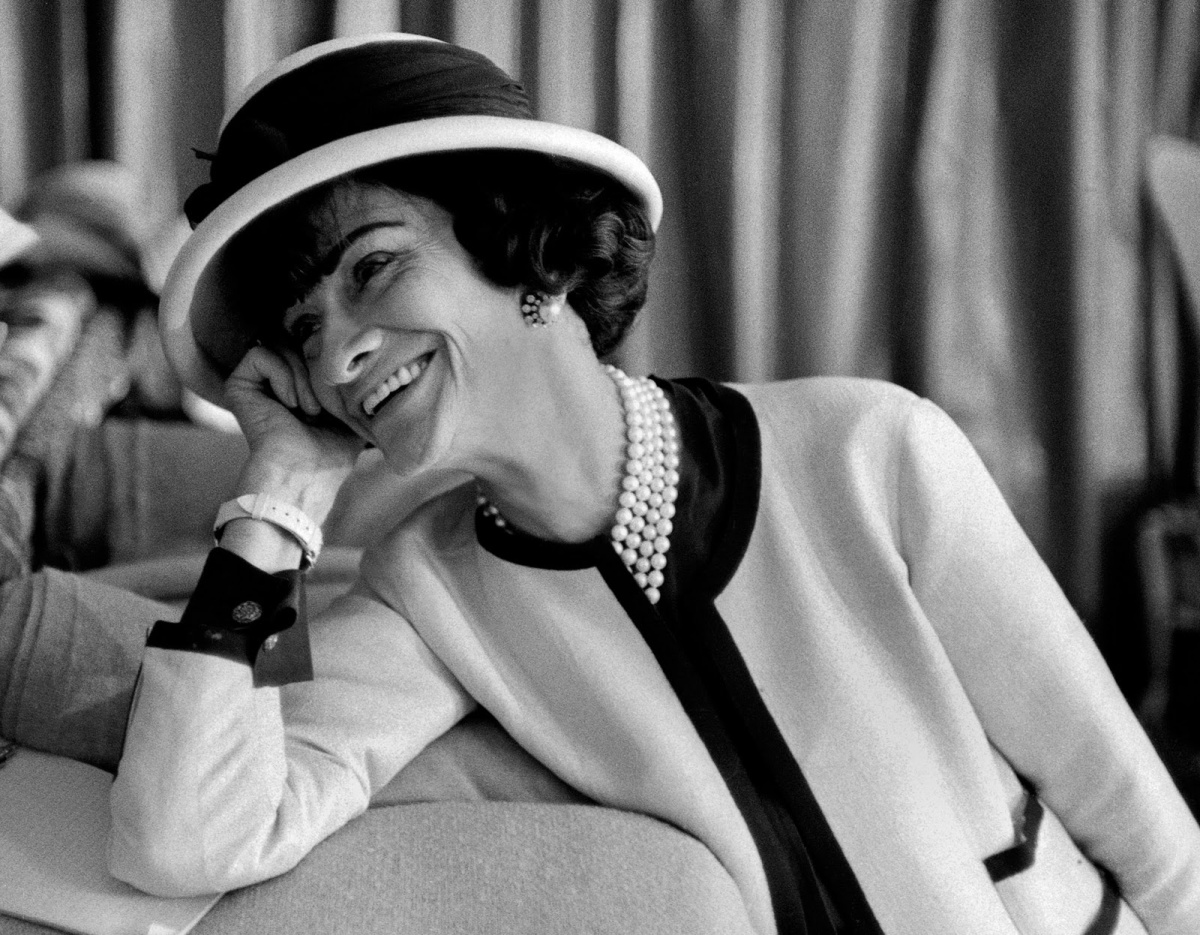
The legacy of Coco Chanel
If there is a fabric that is associated with Chanel‘s legacy and that of its founder, that is undoubtedly tweed. It was towards the end of the Twenties when the iconic designer decided to incorporate tweed into the feminine wardrobe, seeing its enormous potential as a fabric and its multiple virtues: despite being robust it was flexible and responsive, characteristics that allowed this fabric to adapt to the most casual wardrobe of an leisurely society that was beginning to enjoy free time. Thus Coco Chanel was the pioneer in offering women comfort and modernity through tweed with clothes such as suits, skirts and jackets (an icon of the maison) that were adapting to these new needs and which freed women from the rigidities of contemporary dress.
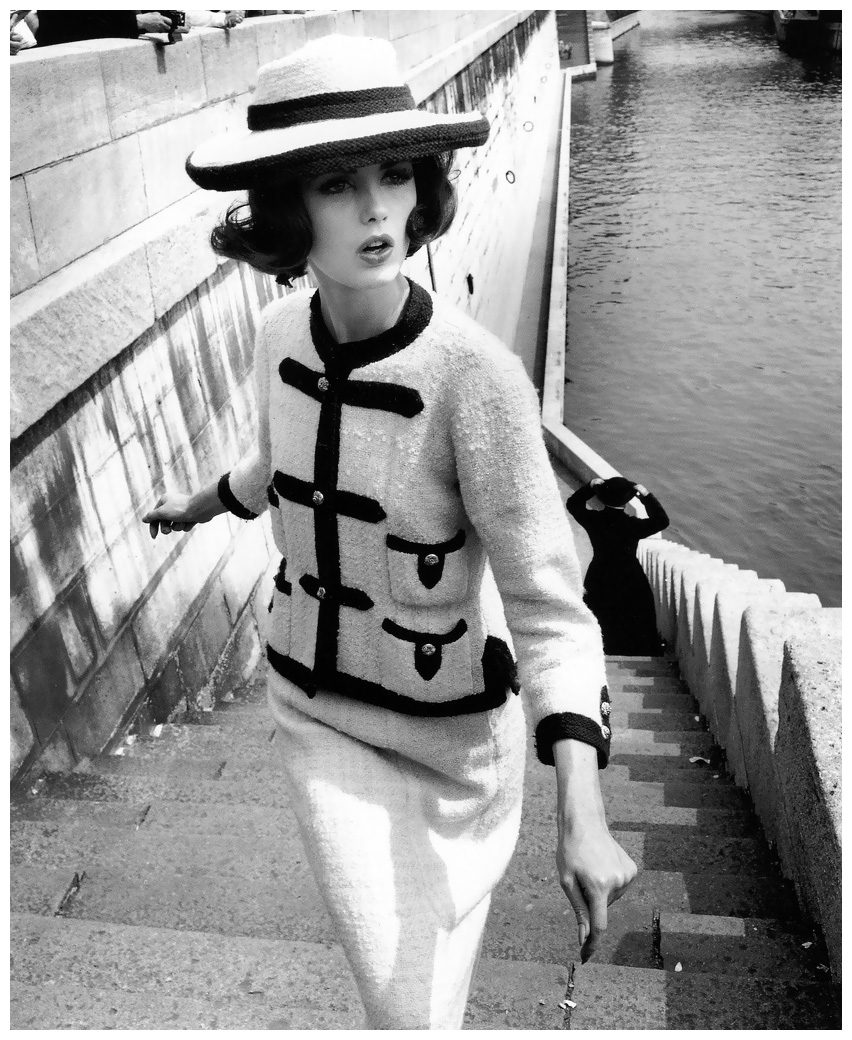
The success was immediate and turned the tweed into a key piece of Chanel style language, an authentic hallmark. In the Fifties tweed was a very popular fabric that had a follow-up of more modernized variants, new uses and surprising combinations. In short it would continue to revolutionize the fashion industry. Not in vain there have been many designers who have incorporated it into their collections to this day. Even so, no matter how many years pass, tweed is always associated with its pioneer, Mademoiselle Chanel, historically linked to the emancipation of women.
 |
 |
Tweed in the current season
Quite apart from Chanel, in its multiple versions and with a new facelift for every season tweed is a fabric that is practically repeated in most of the prêt-à-porter collections by the big fashion-houses. Apart from the lady style jackets and suits, it is also used in long coats with straight lines, midi-skirts and frock-coats. Look out for three details from what is currently on offer: the wearing of frayed effect, the introduction of more colour and the combination with denim and leather to give a more rebellious effect to the outfit. Take note of some of the cat-walk looks from Balmain, Gucci, Miu Miu and Michael Kors.
In Gratacós we also want to show you some of our tweeds, so that you can imagine your autumn outfits. Take good note of some of these ideas!
